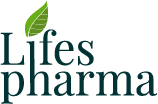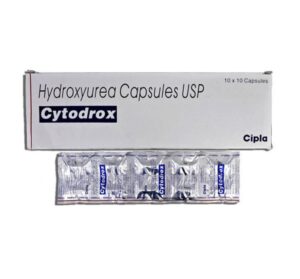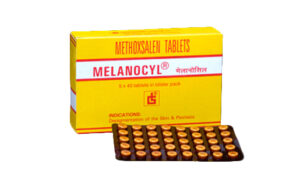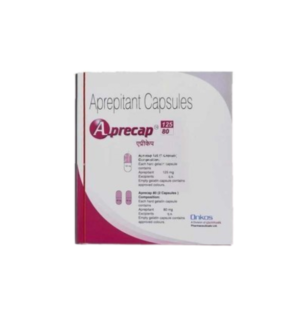Pronunciation
(sor AF e nib)
Medication Safety Issues
Sound-alike/look-alike issues:
NexAVAR may be confused with NexIUM
SORAfenib may be confused with axitinib, gefitinib, imatinib, lenvatinib, regorafenib, sonidegib, SUNItinib, vandetanib, vemurafenib
High alert medication:
This medication is in a class the Institute for Safe Medication Practices (ISMP) includes among its list of drug classes which have a heightened risk of causing significant patient harm when used in error.
Storage/Stability
Store at 25°C (77°F); excursions are permitted between 15°C and 30°C (59°F and 86°F). Protect from moisture.
Adverse Reactions
>10%:
Cardiovascular: Hypertension (9% to 41%; grade 3: 3% to 4%; grade 4: <1%; grades 3/4: 10%, onset: ~3 weeks)
Central nervous system: Fatigue (37% to 46%), headache (≤10% to 17%), mouth pain (14%), voice disorder (13%), peripheral sensory neuropathy (≤13%), pain (11%)
Dermatologic: Palmar-plantar erythrodysesthesia (21% to 69%; grade 3: 6% to 8%; grades 3/4: 19%), alopecia (14% to 67%), skin rash (including desquamation; 19% to 40%; grade 3: ≤1%; grades 3/4: 5%), pruritus (14% to 20%), xeroderma (10% to 13%), erythema (≥10%)
Endocrine & metabolic: Hypoalbuminemia (≤59%), weight loss (10% to 49%), hypophosphatemia (35% to 45%; grade 3: 11% to 13%; grade 4: <1%), increased thyroid stimulating hormone level (>0.5 mU/L: 41%; due to impairment of exogenous thyroid suppression), hypocalcemia (12% to 36%), increased amylase (30% to 34% [usually transient])
Gastrointestinal: Diarrhea (43% to 68%; grade 3: 2% to 10%; grade 4: <1%), increased serum lipase (40% to 41% [usually transient]), abdominal pain (11% to 31%), decreased appetite (30%), anorexia (16% to 29%), stomatitis (24%), nausea (21% to 24%), constipation (14% to 16%), vomiting (11% to 16%)
Hematologic & oncologic: Lymphocytopenia (23% to 47%; grades 3/4: ≤13%), thrombocytopenia (12% to 46%; grades 3/4: 1% to 4%), increased INR (≤42%), neutropenia (≤18%; grades 3/4: ≤5%), hemorrhage (15% to 17%; grade 3: 2%), leukopenia
Hepatic: Increased serum ALT (59%; grades 3/4: 4%), increased serum AST (54%; grades 3/4: 2%), hepatic insufficiency (≤11%; grade 3: 2%; grade 4: 1%)
Infection: Infection
Neuromuscular & skeletal: Limb pain (15%), weakness (12%), myalgia
Respiratory: Dyspnea (≤14%), cough (≤13%)
Miscellaneous: Fever (11%)
1% to 10%:
Cardiovascular: Ischemic heart disease (including myocardial infarction; ≤3%), cardiac failure (2%, congestive), flushing
Central nervous system: Depression, glossalgia
Dermatologic: Hyperkeratosis (7%), acne vulgaris, exfoliative dermatitis, folliculitis
Endocrine & metabolic: Hypokalemia (5% to 10%), hyponatremia, hypothyroidism
Gastrointestinal: Dysgeusia (6%), dyspepsia, dysphagia, gastroesophageal reflux disease, mucositis, xerostomia
Genitourinary: Erectile dysfunction, proteinuria
Hematologic & oncologic: Squamous cell carcinoma of skin (3%; grades 3/4: 3%), anemia
Hepatic: Increased serum transaminases (transient)
Neuromuscular & skeletal: Muscle spasm (10%), arthralgia (≤10%), myalgia
Renal: Renal failure
Respiratory: Epistaxis (7%), flu-like symptoms, hoarseness, rhinorrhea
<1%, postmarketing, and/or case reports: Acute renal failure, anaphylaxis, angioedema, aortic dissection, amyotrophy, cardiac arrhythmia, cardiac failure, cerebral hemorrhage, cholangitis, cholecystitis, dehydration, eczema, erythema multiforme, gastritis, gastrointestinal hemorrhage, gastrointestinal perforation, gynecomastia, hepatic failure, hepatitis, hypersensitivity reaction (skin reaction, urticaria), hypertensive crisis, hyperthyroidism, increased serum alkaline phosphatase, increased serum bilirubin, interstitial pulmonary disease (acute respiratory distress, interstitial pneumonia, lung inflammation, pneumonitis, pulmonitis, radiation pneumonitis), jaundice, malignant neoplasm of skin (keratoacanthomas), nephrotic syndrome, ostealgia, osteonecrosis of the jaw, pancreatitis, pleural effusion, prolonged QT interval on ECG, respiratory tract hemorrhage, reversible posterior leukoencephalopathy syndrome, rhabdomyolysis, Stevens-Johnson syndrome, thromboembolism, tinnitus, toxic epidermal necrolysis, transient ischemic attacks, tumor lysis syndrome, tumor pain
–






